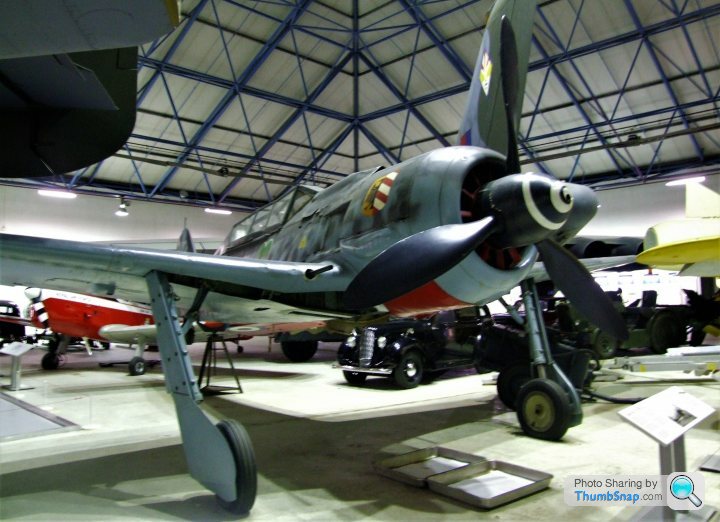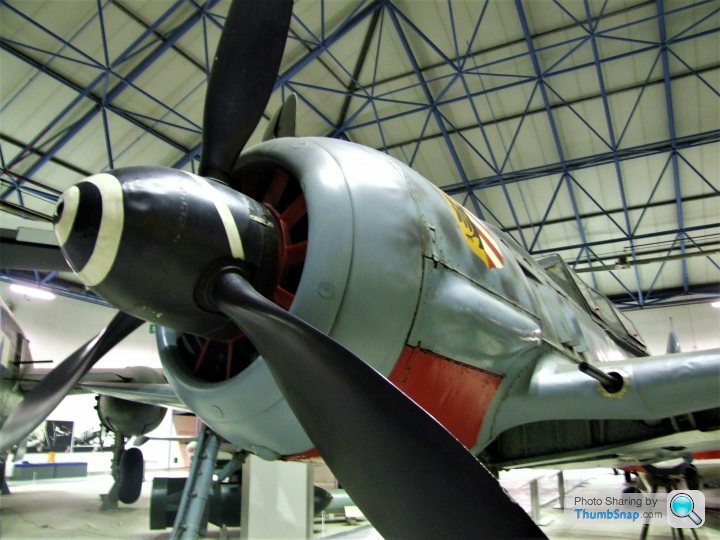the FW190 the best fighter aircraft of WWII....
Discussion
Kccv23highliftcam said:
Pan Pan Pan said:
When one sees the difference between a 20mm canon shell, and a 303 bullet, the effectiveness of each becomes even more apparent. so the only way a series of 303`s were going to damage or destroy an enemy aircraft reliably would be if they were properly harmonized, and the pilot was able to get into the correct distance zone for where his guns were harmonized.
Theory is fine but on the day you have what you have...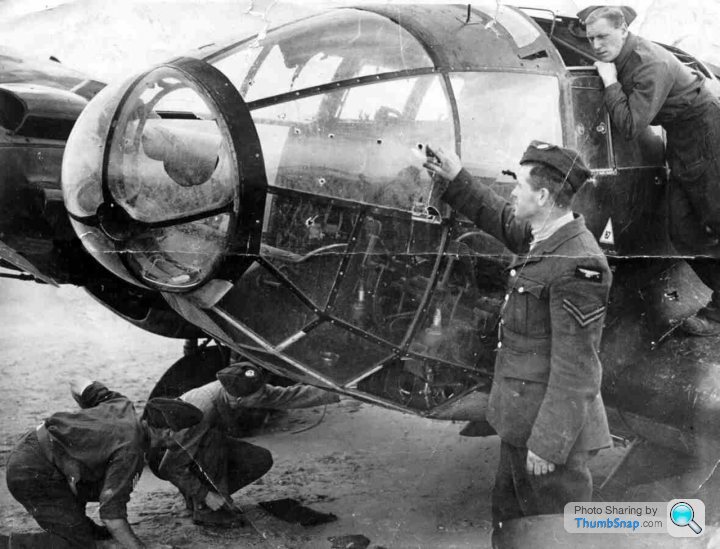
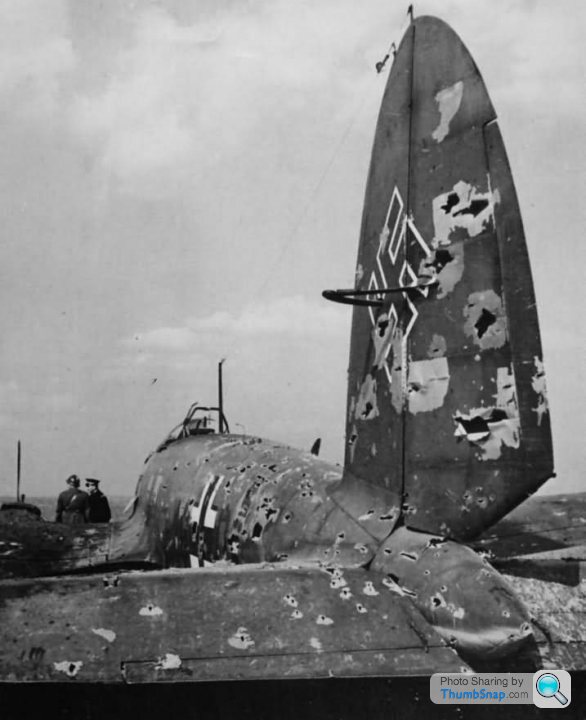
Edited by Kccv23highliftcam on Tuesday 19th June 22:12
In the speed of aerial combat a target might only be in the correct part of the attacking aircraft`s gun sight for a few seconds (if that) so armament that delivered the most `weight' of projectiles in a small burst was vital. As most aircraft had armored seats or cockpits, spraying a few small caliber bullets in the direction of the target was not considered to be the most reliable way of bringing down an enemy aircraft. The Germans knew this from the outset, The RAF found this out as the war in the air developed, and took steps to equip their aircraft accordingly.
Pan Pan Pan said:
As most aircraft had armored seats or cockpits, spraying a few small caliber bullets in the direction of the target was not considered to be the most reliable way of bringing down an enemy aircraft. The Germans knew this from the outset, The RAF found this out as the war in the air developed, and took steps to equip their aircraft accordingly.
To an extent that's true but the the original design of the Bf109 (with its thin wing) was to have 2x Mg17 7.92mm guns in the nose firing over the top of the engine and a single 20mm MGFF cannon mounted between the V of the cylinder blocks firing through the propellor boss. However the Germans could not get this 'Motorkanone' mount to work on the early Bf109s. As a result the Bf109C-1 had 2x MG17 in the nose and 2x MG17 in the wings.The drive for fitting the wing mounted 20mm MGFF cannon was the fact that the RAF was equipping its fighters with 8x .303 Brownings which would, therfore, outgun the Bf109C and D. However the nature of the 109's wing led to the cannon being limited to having a 60 round drum mag as on Bf109E. Couple this with the abyssmally slow rate of fire of the MGFF and the actual weight of fire per second of a 109 vs Hurricane or Spitfire comes out about equal with the latter having the capability of longer firing duration. While a single 20mm shell would do a significant amout of damage, the low rate of fire of the weapon, coupled with a relatively low muzzle velocity made it more difficult to hit anything in fighter vs fighter combat.
Interestingly on the subsequent 109F model, the Motorkanone mount was made to work and the wing mounted MGFFs were removed.
ash73 said:
The Fw190 was copied by the British when designing the post war Sea Fury iirc, no better compliment than that.
Although I love the Spit I actually think the Hurricane is more attractive to look at, and the 109 was the best fighter in the BoB.
The Westland Whirlwind was probably the most underrated, shame they didn't make more of them.
But if I could fly any of them, it would be the Spitfire of course.
I like the Whirlwind.Although I love the Spit I actually think the Hurricane is more attractive to look at, and the 109 was the best fighter in the BoB.
The Westland Whirlwind was probably the most underrated, shame they didn't make more of them.
But if I could fly any of them, it would be the Spitfire of course.
Four 20mm cannon, giving heaviest weight of fire of any fighter at the time, and all round visibility for the pilot.
In service from just after the battle of Britain until the end of 1943 without any significant mods, while the Spitfire went from Mk2 to Mk12 in the same period.
The only problem was that by the time it entered service Spitfires were getting cannon as well and the RAF had decided that they didn't really need a twin engine fighter unless it had room for radar. So too few were built for the Peregrine engine, virtually unique to the Whirlwind, to be properly sorted out.
Ginetta G15 Girl said:
As a result the Bf109C-1 had 2x MG17 in the nose and 2x MG17 in the wings.
The drive for fitting the wing mounted 20mm MGFF cannon was the fact that the RAF was equipping its fighters with 8x .303 Brownings which would, therfore, outgun the Bf109C and D. However the nature of the 109's wing led to the cannon being limited to having a 60 round drum mag as on Bf109E. Couple this with the abyssmally slow rate of fire of the MGFF and the actual weight of fire per second of a 109 vs Hurricane or Spitfire comes out about equal with the latter having the capability of longer firing duration. While a single 20mm shell would do a significant amout of damage, the low rate of fire of the weapon, coupled with a relatively low muzzle velocity made it more difficult to hit anything in fighter vs fighter combat.
Spitfire certainly didn't have longer firing duration.The drive for fitting the wing mounted 20mm MGFF cannon was the fact that the RAF was equipping its fighters with 8x .303 Brownings which would, therfore, outgun the Bf109C and D. However the nature of the 109's wing led to the cannon being limited to having a 60 round drum mag as on Bf109E. Couple this with the abyssmally slow rate of fire of the MGFF and the actual weight of fire per second of a 109 vs Hurricane or Spitfire comes out about equal with the latter having the capability of longer firing duration. While a single 20mm shell would do a significant amout of damage, the low rate of fire of the weapon, coupled with a relatively low muzzle velocity made it more difficult to hit anything in fighter vs fighter combat.
Spitfire had enough 303 ammo for about 14-15sec firing, no more than about 5 presses of the button on the basis of a typical 3 sec burst.
Me109 units during summer of 1940 were equipped with two versions of the Me109, the 4 x MG17 equipped E-1 and the 2 x MG17, 2 x MGFF E-3/4 versions, with about almost s 50:50 split of the Me109 fleet between the two types.
The E-1 had ammo for 55secs of firing the 2 x cowl MG's, and ammo for the 2 wing MG17's for about 25secs, so less firepower but much longer duration, and with their doctrine of getting in close with the cowl guns pointing where ever the pilot had the nose using the 109's speed advantage in dive and climb, I don't think the double the gun advantage of the Spit/Hurri is that much of an advantage, especially on the spread out layout on the thinner wing Spit.
The Me109E-3 and almost identical E-4 with the MGFF cannon, retained the 55sec of ammo of the cowl mount MG17, with as you say only 60 rounds giving about 6.5secs of cannon firing. Given nearly half the Me109's were E3/E4, there was a lot of skilled Luftwaffe pilots likely downing RAF aircraft with what amounted to just 2 x MG's, once that 6 secs or so of cannon ammo was depleted. Mind you, the modified MGFF/M cannon in the E-4 version allowed the use of the newer explosive ammo, so it often only needed a handful of hits from those to bring a Spit or Hurri down or force the pilot to take to the silk.
P5BNij said:
I was down at the RAF museum in Hendon last week admiring the FW190, worthwhile photography there isn't very so I thought I'd post these instead, it's amazing what pinterest can throw up sometimes...
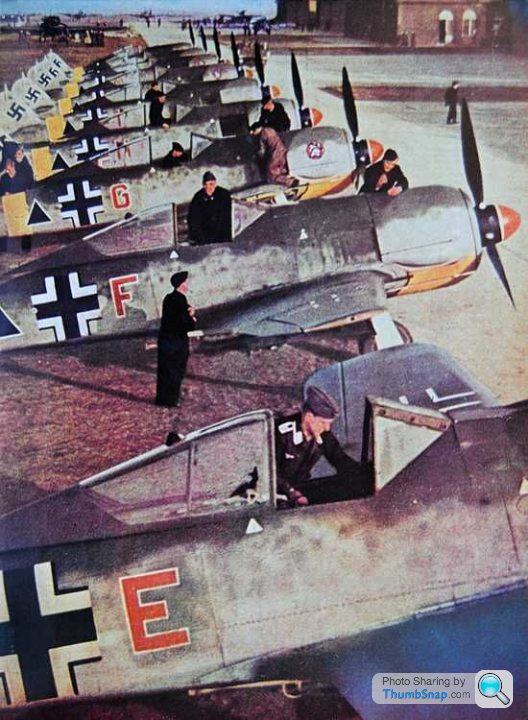
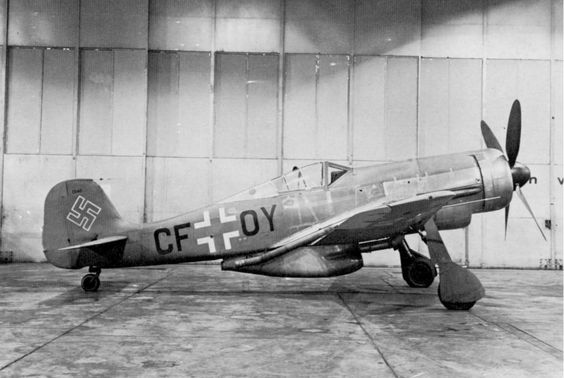
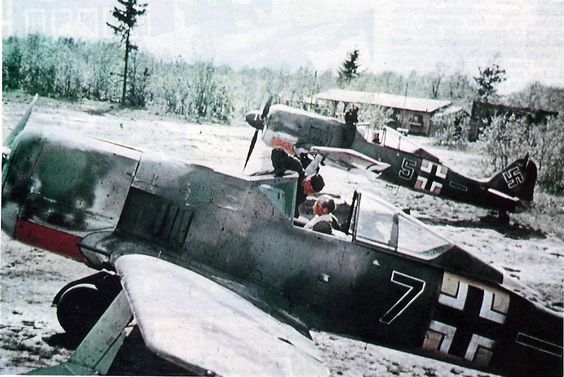
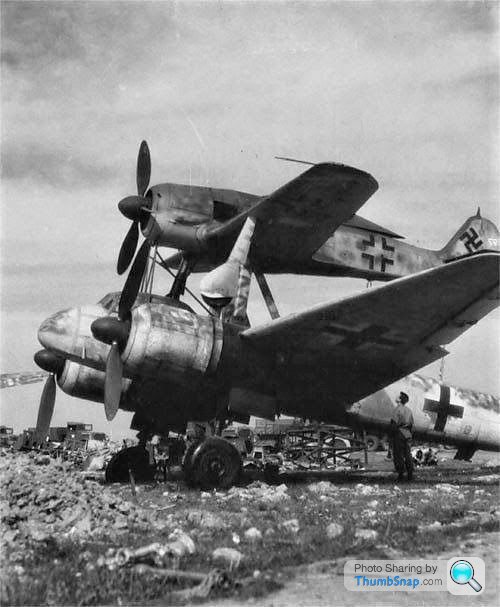
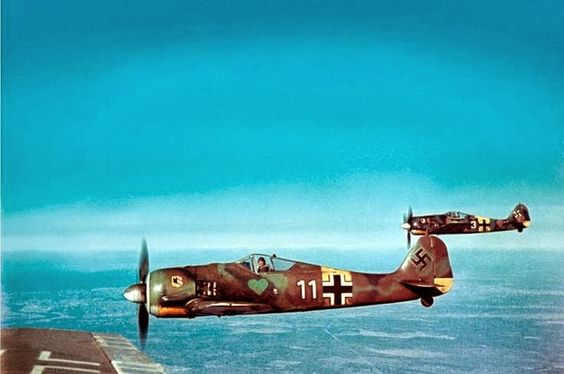
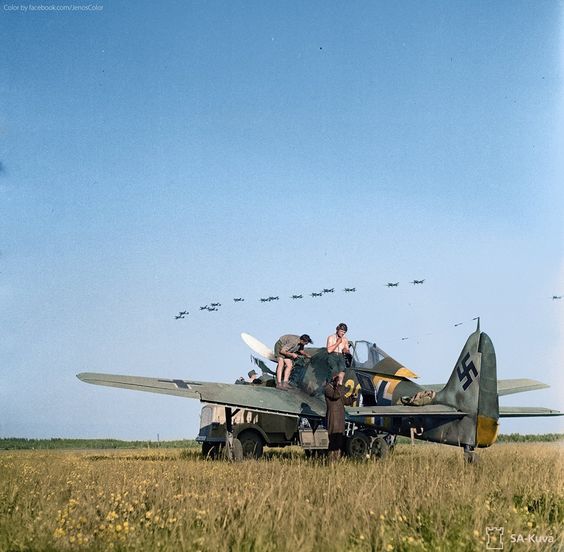
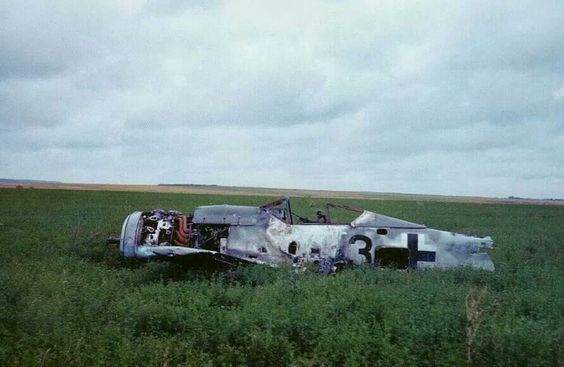
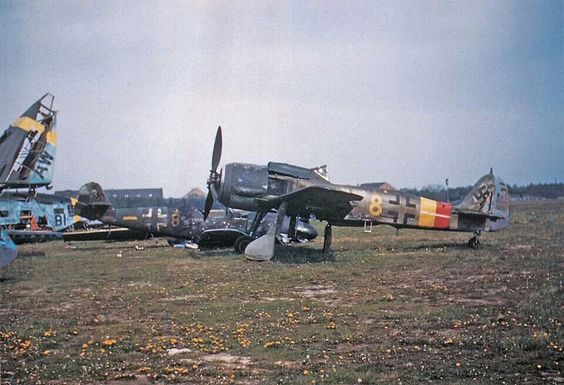








The FW 190 was one of my favourite WW2 aircraft, along with the P51 and Spitfire, and even the Hurricane which was of an older type of construction, was a good aeroplane for its day.
I was surprised to learn as a kid that the long tail FW190s.had Daimler Benz in line engines replacing the BMW 801 radials, and that the tail extension was required to compensate for the resulting change in the aircraft`s C of G.
Pan Pan Pan said:
P5BNij said:
I was down at the RAF museum in Hendon last week admiring the FW190, worthwhile photography there isn't very so I thought I'd post these instead, it's amazing what pinterest can throw up sometimes...
















The FW 190 was one of my favourite WW2 aircraft, along with the P51 and Spitfire, and even the Hurricane which was of an older type of construction, was a good aeroplane for its day.
I was surprised to learn as a kid that the long tail FW190s.had Daimler Benz in line engines replacing the BMW 801 radials, and that the tail extension was required to compensate for the resulting change in the aircraft`s C of G.
dr_gn said:
Pan Pan Pan said:
The FW 190 was one of my favourite WW2 aircraft, along with the P51 and Spitfire, and even the Hurricane which was of an older type of construction, was a good aeroplane for its day.
I was surprised to learn as a kid that the long tail FW190s.had Daimler Benz in line engines replacing the BMW 801 radials, and that the tail extension was required to compensate for the resulting change in the aircraft`s C of G.
I found this film of the only flying FW-190. Some interesting formations towards the end.
https://youtu.be/PviNlOwihIw
https://youtu.be/PviNlOwihIw
Starfighter said:
I found this film of the only flying FW-190. Some interesting formations towards the end.
https://youtu.be/PviNlOwihIw
Steve Hinton flying the Fw190.https://youtu.be/PviNlOwihIw
dr_gn said:
Pan Pan Pan said:
P5BNij said:
I was down at the RAF museum in Hendon last week admiring the FW190, worthwhile photography there isn't very so I thought I'd post these instead, it's amazing what pinterest can throw up sometimes...
















The FW 190 was one of my favourite WW2 aircraft, along with the P51 and Spitfire, and even the Hurricane which was of an older type of construction, was a good aeroplane for its day.
I was surprised to learn as a kid that the long tail FW190s.had Daimler Benz in line engines replacing the BMW 801 radials, and that the tail extension was required to compensate for the resulting change in the aircraft`s C of G.
Pan Pan Pan said:
The Daimler Benz 601 (fuel injected version of the DB 600) inverted V12 (same as that used in the ME 109) was used in FW190`s but these were in great demand/short supply, so I am guessing they used the Junkers Jumo inverted V12 as a more obtainable alternative?
DB601 was never used in the Fw190.Only the high-altitude Ta152 was designed to use a DB engine, the 44 litre DB603, but all of the small number of Ta152 built and that saw service in the last few weeks of the war were all built with the Jumo 213.
aeropilot said:
Pan Pan Pan said:
The Daimler Benz 601 (fuel injected version of the DB 600) inverted V12 (same as that used in the ME 109) was used in FW190`s but these were in great demand/short supply, so I am guessing they used the Junkers Jumo inverted V12 as a more obtainable alternative?
DB601 was never used in the Fw190.Only the high-altitude Ta152 was designed to use a DB engine, the 44 litre DB603, but all of the small number of Ta152 built and that saw service in the last few weeks of the war were all built with the Jumo 213.
You are correct. The DB 603 was only used in a small number of FW190C `s. The FW190 D was fitted with the Jumo, Kurt Tank offered two designs for the 190, one with a BMW radial, and the other with the Daimler Benz 601, but I don't know if they ever built the DB601 engined version of the 190 originally offered by Kurt Tank.
In the 1920s and 1930s, land based air forces (such as the RAF and the USAAC) favoured liquid cooled in line engines for their fighter designs. They considered them superior when it came to streamlining and therefore better for a design that needed to be fast.
Navies on the either hand (especially the US Navy and the Japanese Navy) liked radials because they were simpler and more robust and reliable. Air cooled radials were also easier to look after on a ship as there was no need for the stores to carry large stocks of coolants such as glycol.
In the 1920s and 30s, government research bodies like the RAE in the UK and the NACA in the US spent a lot of time devising cowlings that could be used to provide better aerodynamics and cooling for radial designs. Britain came up with the Townend Ring and the US with various NACA cowling profiles
Townend Ring -

NACA Cowling fitted to a Curtiss Hawk fighter in 1928 for test purposes -

The Japanese in particular realised that a well designed NACA cowling could render a radial engine as efficient aerodynamically as a slimline liquid cooled engine. They incorporated these ideas in aircraft such as the Mitsubishi A5M Claude and A6M Zero
US designs like the F4F Wildcat and F2A Buffalo were all fitted with NACA style cowlings.
Britain lagged behind in this area but aircraft such as the Tempest II and the Sea Fury all incorporated state of the art cowlings for their radial engines.
Navies on the either hand (especially the US Navy and the Japanese Navy) liked radials because they were simpler and more robust and reliable. Air cooled radials were also easier to look after on a ship as there was no need for the stores to carry large stocks of coolants such as glycol.
In the 1920s and 30s, government research bodies like the RAE in the UK and the NACA in the US spent a lot of time devising cowlings that could be used to provide better aerodynamics and cooling for radial designs. Britain came up with the Townend Ring and the US with various NACA cowling profiles
Townend Ring -

NACA Cowling fitted to a Curtiss Hawk fighter in 1928 for test purposes -

The Japanese in particular realised that a well designed NACA cowling could render a radial engine as efficient aerodynamically as a slimline liquid cooled engine. They incorporated these ideas in aircraft such as the Mitsubishi A5M Claude and A6M Zero
US designs like the F4F Wildcat and F2A Buffalo were all fitted with NACA style cowlings.
Britain lagged behind in this area but aircraft such as the Tempest II and the Sea Fury all incorporated state of the art cowlings for their radial engines.
mebe said:
Can anyone explain the Mustang style cooler?
Part of the turbocharger installation for high altitude operations - http://fw190.hobbyvista.com/fw190v18.htmFw190.net said:
A bulky air intake allowed the aspiration of the air to be compressed which was then sent by a conduit to the compressor of the DB603. the drive was carried out by the exhaust fumes which arrived thanks to 2 pipes of strong diameter which connected the pipes of exhaust, followed the connection wing/fuselage and disappeared with the back from the compressing group, after having actuated the turbine the exhaust fumes left directly under the compressing block. The prototype redésigné for the Fw190V18/U1 occasion (are nickname was "Känguruh") was registered CF+OY and made its first flight on January 25, 1943 with Hans Sander head pilot of Focke Wulf to the orders. Eleven other flights followed one another quickly and the pilot considered it unstable in rise and piqué, very difficult to compensate, of the significant vibrations in several flight envelopes, the overheating of the oil of the engine and the lack of performance of the turbocompressor with several ruptures of blades. In order to cure the defects, the engineering and design department supervised itself the construction of 5 other V29 prototypes in V33 (see summary table) between February and May 1943 of which several accepted standard turbines DVL TK11 which did not make any improvement. During this time, the tests continued intensively with the V18/U1 which ends up reaching 680 Km/h with 11000 meters. In April 1943 one of Fw190C was compared with Fw190 of series equipped with an improved device GM1, and, these tests were not in favour of the FW with Hirth turbocompressor! At the same time the RLM reconsidered its decision and expressed their disinterest for the series C and asked for the acceleration of program of the series D engine Jumo213A."
Gassing Station | Boats, Planes & Trains | Top of Page | What's New | My Stuff



